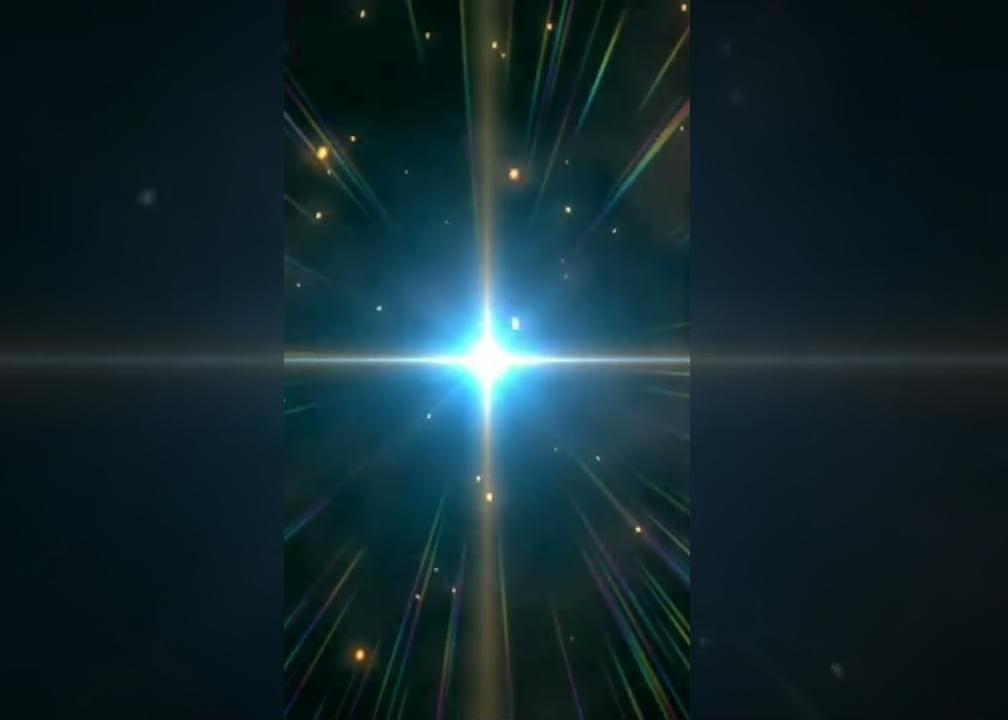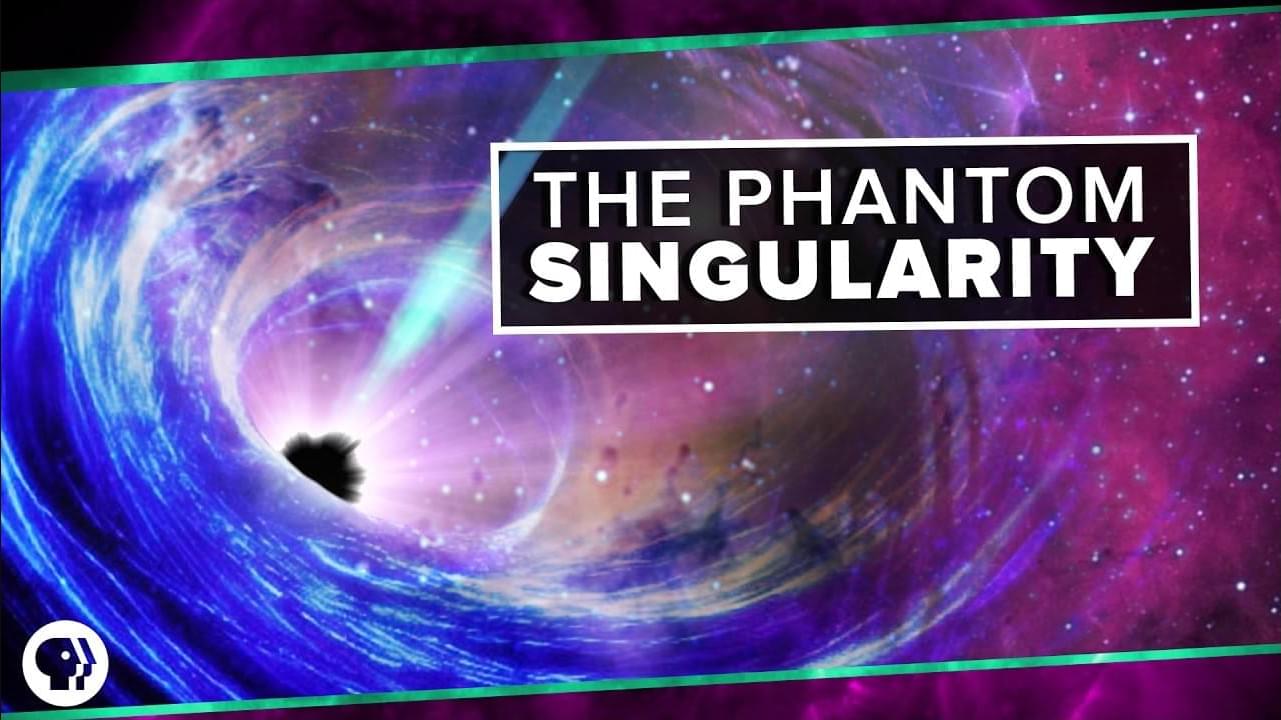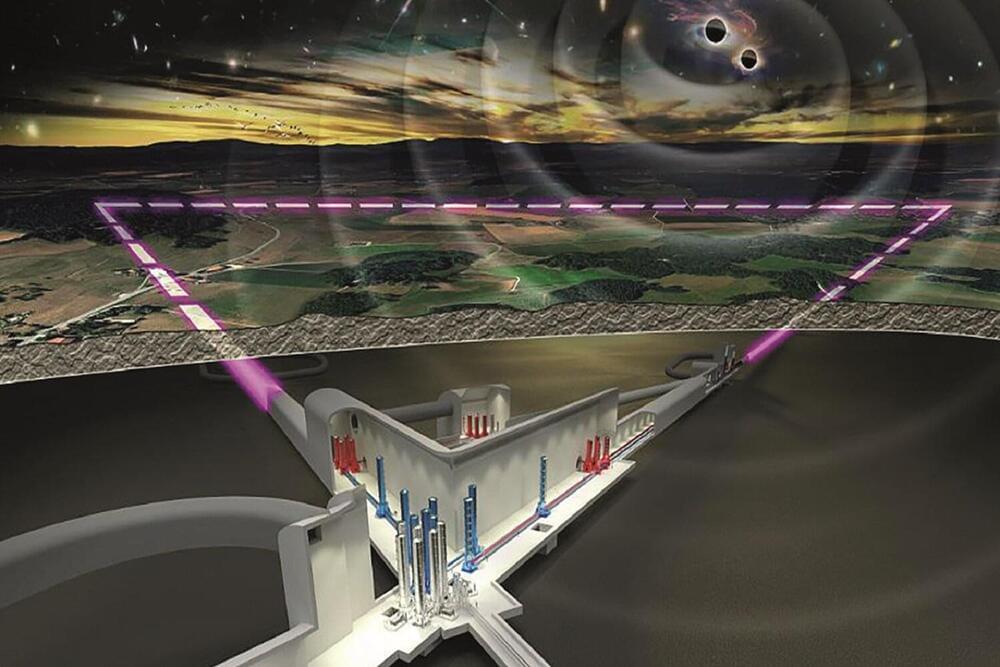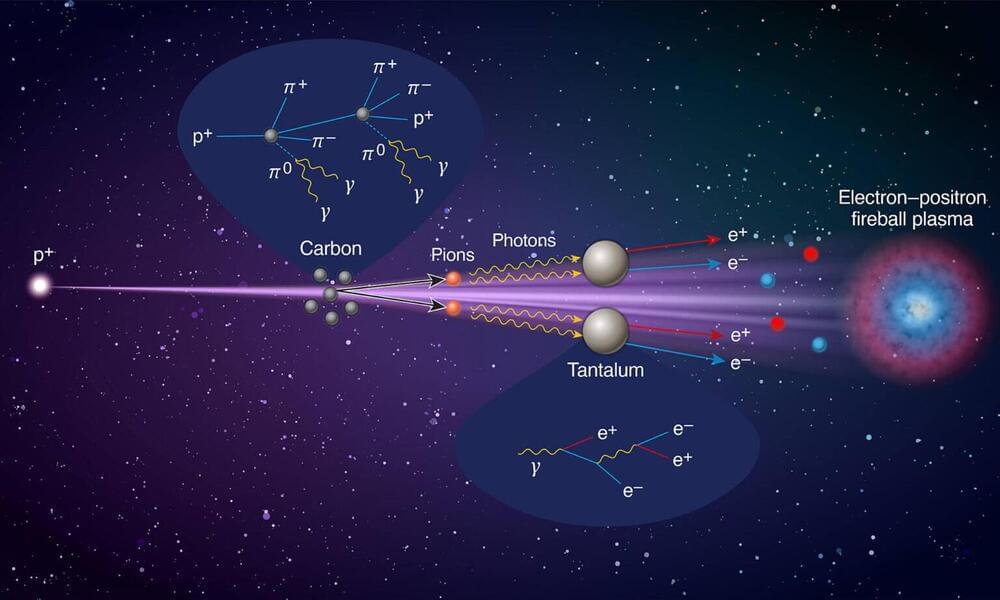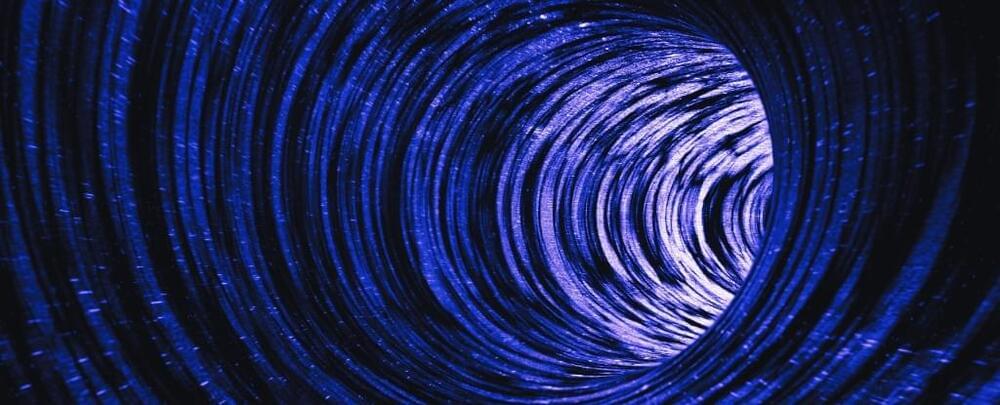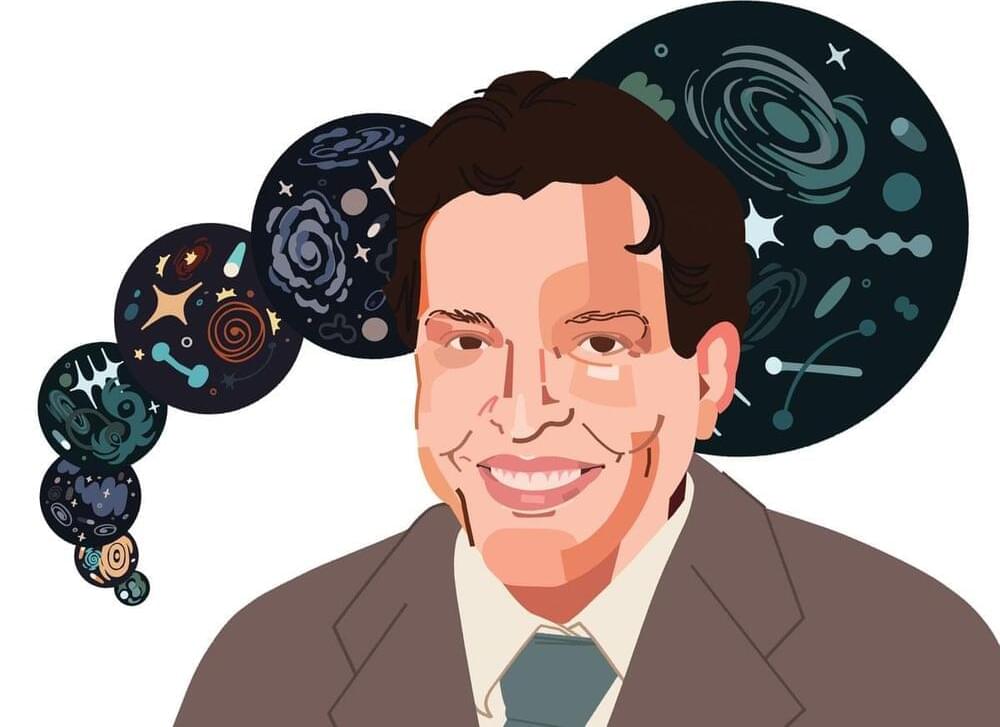Jun 14, 2024
Dark Matter Decoded: How Neutron Stars May Solve the Universe’s Biggest Mystery
Posted by Shubham Ghosh Roy in categories: cosmology, particle physics
Scientists may be one step closer to unraveling one of the universe’s greatest mysteries. Their recent calculations suggest that neutron stars could play a crucial role in shedding light on the mysterious dark matter.
In a paper published in The Journal of Cosmology and Astroparticle Physics, physicists from the ARC Centre of Excellence for Dark Matter Particle Physics, led by the University of Melbourne, calculated that energy transferred when dark matter particles collide and annihilate inside cold dead neutron stars can heat the stars up very quickly.
It was previously thought that this energy transfer could take a very long time, in some cases, longer than the age of the universe itself, rendering this heating irrelevant.

